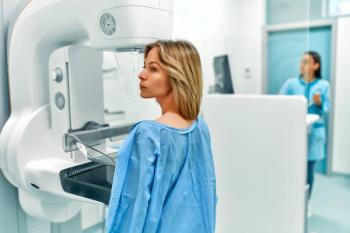
Machine Learning Helps Detect 3 Molecules Indicative of Metabolic Syndrome
The findings could prompt advances in precision medicine, researchers said.
Image has been resized. Courtesy: Salvatore P,
Machine learning and cell-scanning omics technology have led researchers in Australia to a finding that could strengthen the recognition of metabolic syndrome and precision medicine.
Their hope stems from 3 molecules that collectively signal insulin resistance, a predictor of metabolic syndrome and “many diseases,” according to the study, “Metabolomic analysis of insulin resistance across different mouse strains and diets,”
“Once we can identify the molecules and other factors that contribute to prediabetes, we can customize treatments to suit patients’ specific makeup and needs,”
By leveraging precision medicine in this area, providers could one day ease the burden of “lifestyle diseases”—the center’s target, James told the university.
In the study, researchers categorized the mice by their diets, genetics, and whole-body insulin sensitivity. The authors
Although the 3 molecules showed promise together, alone they were “less predictive” of prediabetes, said co-lead author Jacqueline Stöckli, PhD, a research fellow at the center and the university’s school of life and environmental sciences. She added that the study suggests the existence of several factors that cause prediabetes, which is why researchers have struggled to nail down similar predictors.
The cocktail of advanced technologies used to reach these findings illustrated potential to “solve some of the world’s biggest problems,” James said. According to the study, the team used machine learning to classify the mice and identify the novel signature.
Stöckli added that her team plans to use the tech going forward.
“The next step is to further exploit these technologies to uncover the full suite of pathways and factors that contribute to prediabetes—which will include genetic, environmental, and possibly epigenetic influences—at a population level,” she said.
Researchers from Duke University, the Garvan Institute of Medical Research, and the University of Melbourne helped undertake the study.


















































